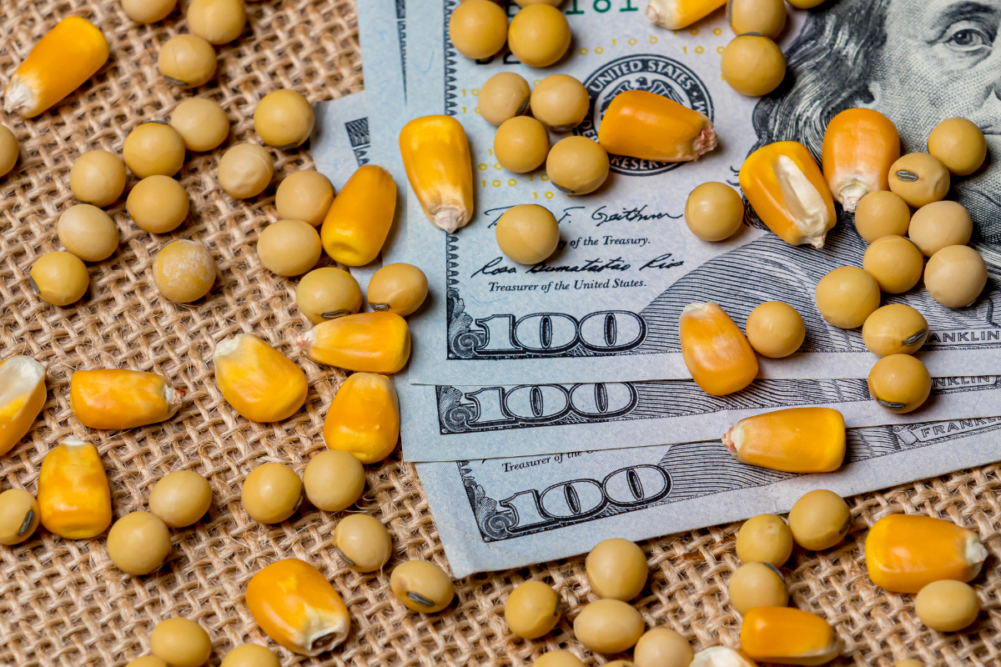 KANSAS CITY — April’s eye-popping surge in the Producer Price Index (PPI) spotlights the pressures food and beverage manufacturers are facing to acquire raw materials and deliver them as affordable finished products. While food sector advocates have identified ways for the government to mitigate the effects of escalating costs, industry executives would be wise to prepare for a protracted period of elevated costs. Economies around the world are reopening, propelling an unusually powerful surge of demand, and companies must be prepared to operate in this environment for the foreseeable future.
KANSAS CITY — April’s eye-popping surge in the Producer Price Index (PPI) spotlights the pressures food and beverage manufacturers are facing to acquire raw materials and deliver them as affordable finished products. While food sector advocates have identified ways for the government to mitigate the effects of escalating costs, industry executives would be wise to prepare for a protracted period of elevated costs. Economies around the world are reopening, propelling an unusually powerful surge of demand, and companies must be prepared to operate in this environment for the foreseeable future.
The PPI, a gauge of the prices US producers are able to collect for their products, jumped 6.2% in April from 12 months earlier, the widest year-over-year increase since the Bureau of Labor Statistics began collecting the data in 2010. From the month before, the April PPI was up 0.6%, double the expectation of economists, who had anticipated a 0.3% rise.
The jump was attributed to producer prices for steel, beef, veal, pork, dairy products and plastic resins and materials. Underpinning the rising prices of meat and dairy is the price of feed, particularly corn, which has risen sharply.
“April’s numbers confirm what CPG companies already know: It’s costing significantly more to buy the raw ingredients and materials needed to make, package and deliver essential products to American consumers,” said Geoff Freeman, president and chief executive officer of the Consumer Brands Association (CBA). “After more than a year of unrelenting consumer demand that has recently hit highs not seen since the beginning of the pandemic, today’s announcement from the BLS once again proved how unprecedented the cost environment is for CPG companies.”
Adding to the pressure is the rising cost of freight and transportation, Mr. Freeman said.
The CBA is calling on the Biden administration to minimize supply chain delays by fully staffing ports of entry, helping speed the pace at which people reenter the workforce, updating COVID-19 workplace guidance and fast-tracking rules around trucking and shipping to minimize bottlenecks and delays.
While the recommendations are appropriate, they will do little to alleviate the fundamentals pushing some raw material prices higher. As more people around the world are vaccinated, much of the foodservice and institutional marketplaces are reopening.
Food and beverage companies with sound commodity risk-management programs will be protected from higher costs in the near term, but coverage only goes so far. David L. Wenner, the interim president and CEO of B&G Foods, Inc., Parsippany, NJ, sees the period of elevated prices lasting into 2022.
“If you look at the history of things like soy and corn oil, and things like that, this kind of thing happens every 8, 10 years,” he said May 11 during a conference call with financial analysts. “And it takes a year or two of good crops to shake it out back to normalized levels. There is a long-term normalized level of pricing in the market for these kinds of commodities. Shortages drive those up, and it may drive it up for more than one year.”
Manufacturers have several levers to pull to manage the situation, most notably step-up efforts to reduce production costs and take price increases. A benefit of the pandemic is many already have undertaken stock-keeping unit rationalization programs, which is one approach to cutting costs.
Higher prices for many commodities may persist as markets around the world continue to reopen and demand from previously dormant channels accelerates. Industry may be facing an inflationary period that lasts longer than the pandemic that helped cause it.





